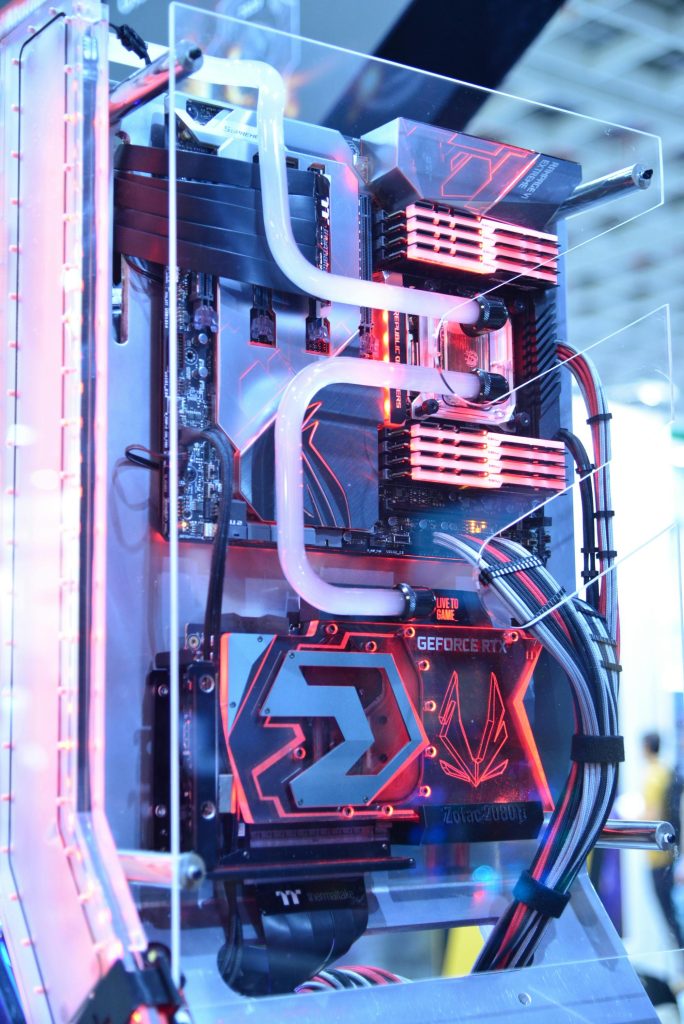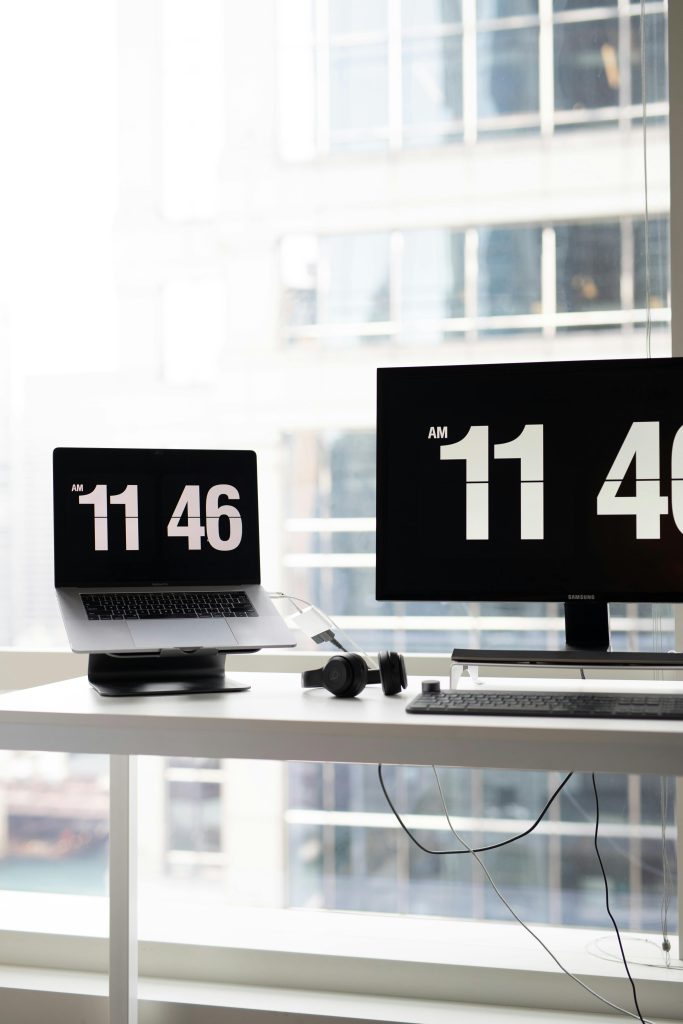Optimizing Multi-Device Monitor Setup: Troubleshooting HDMI to USB-C Connections with Budget-Friendly Switches
Setting up an efficient workspace that allows seamless switching between multiple devices can significantly enhance productivity. Many professionals and enthusiasts aim to connect a single monitor to both their personal and work devices, often through different port configurations. However, achieving this setup, especially when involving USB-C and HDMI switches, can sometimes present challenges.
In this article, we explore common issues with HDMI to USB-C switching solutions, discuss potential causes, and offer practical solutions to help you streamline your multi-device monitor setup.
The Scenario
Suppose you want to connect a single monitor to both a personal PC and a work laptop. The laptop exclusively offers USB-C ports, and you’re considering using a switch to toggle between the devices. You’ve purchased an affordable HDMI switch to facilitate this process, along with an HDMI to USB-C cable, complemented by a standard HDMI to DisplayPort cable.
While individual connections work correctly, issues arise when attempting to use an HDMI to USB-C cable to access the laptop through the monitor. The display doesn’t recognize the signal, or the connection fails altogether.
Common Challenges with HDMI to USB-C Switches
-
Compatibility Limitations
Not all HDMI switches support USB-C input or output, especially budget-friendly or basic models. Many inexpensive switches are designed solely for HDMI signals and lack support for the USB-C protocol, which often includes power delivery and alternate mode functionalities. -
Cable and Adapter Quality
Cheap HDMI to USB-C cables may not adhere to the necessary specifications for video, data, and power transfer. These cables sometimes only support charging or basic data transfer, not video signals, leading to non-functional setups. -
Signal Conversion and Protocol Differences
USB-C ports can carry various types of signals, including DisplayPort Alternate Mode, Thunderbolt, and power. An HDMI to USB-C cable must support the correct mode; otherwise, the monitor may not receive the video signal correctly. -
Lack of Power Delivery Support
Some setups require power to be delivered through the connection—either to the device or the monitor. If this is unsupported, the connection may not work as intended.
Potential Solutions and Best Practices
-
Verify Equipment Compatibility
Ensure that your HDMI switch explicitly states support for video and USB-C input/output. Read reviews and consult product specifications carefully. -
Use Quality Cables and Adapters
Invest in certified HDMI to
Share this content:



